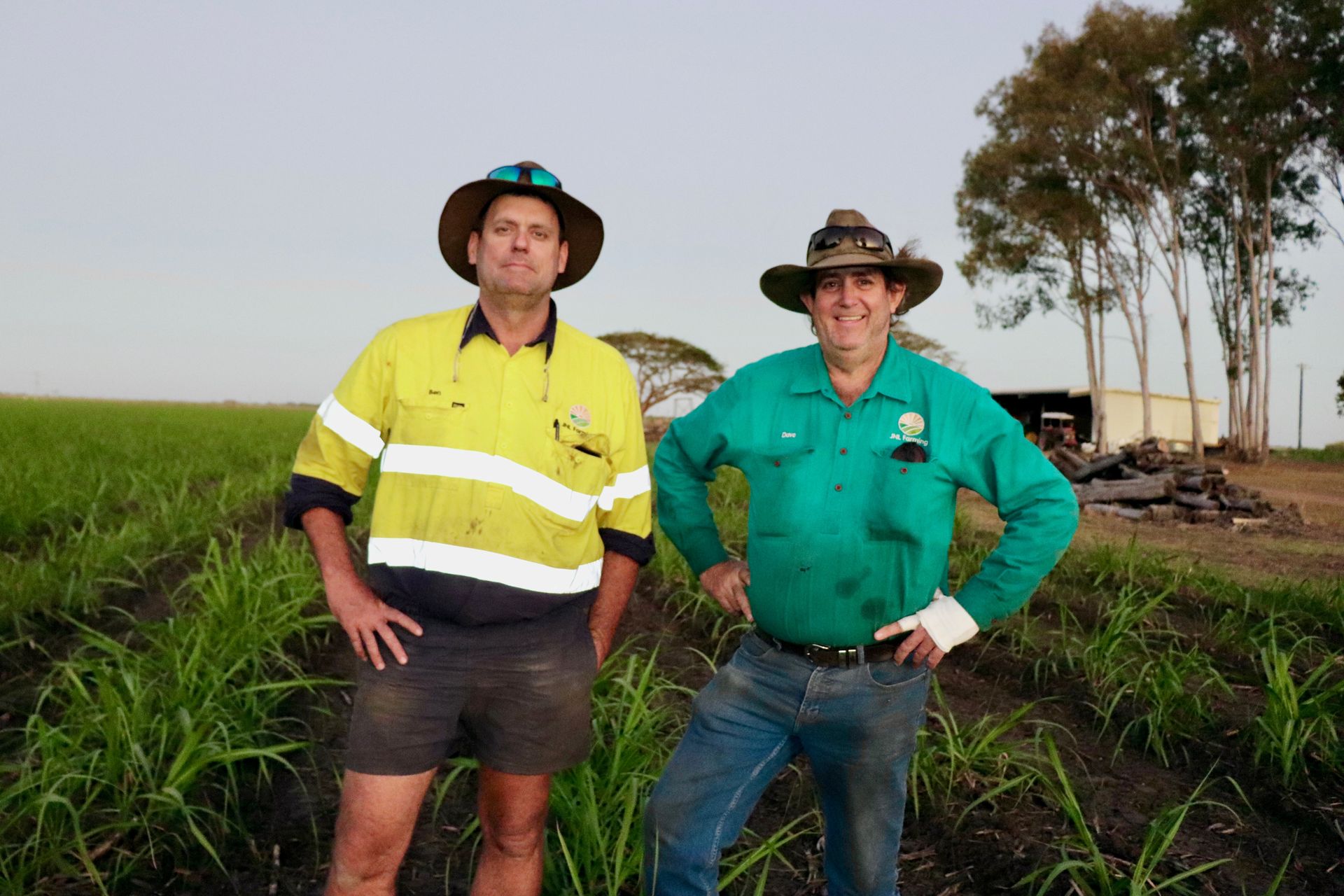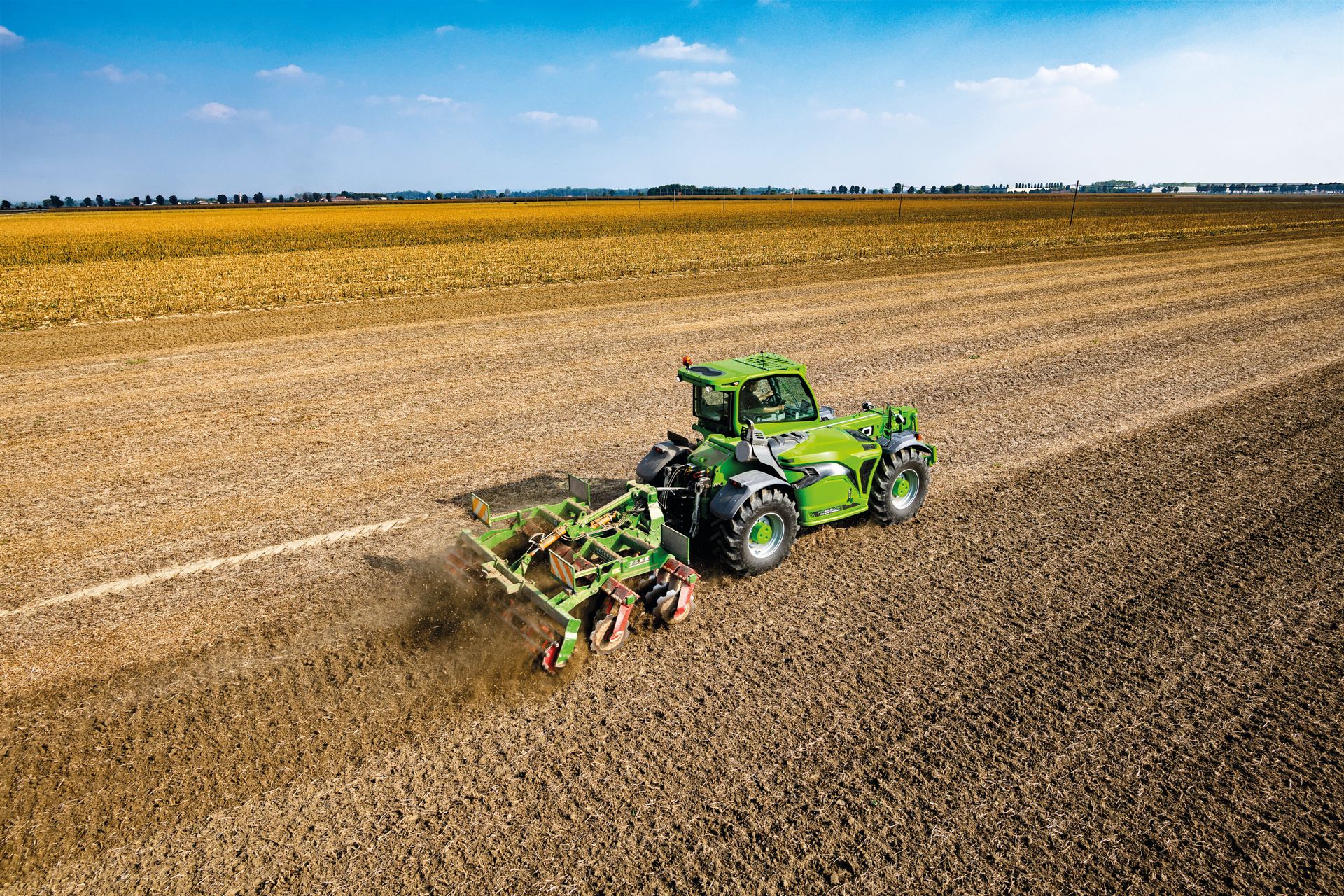1MG FlippingBooks
Innovation in animal nutrition
The animal nutrition and stockfeed sector may not be the first facet of agriculture you think of when you hear the word “innovation”, but a considerable amount of science and research goes into perfecting feed to ensure farmers get the best possible gains in terms of animal health, growth rates and meat quality.
Weston Animal Nutrition is a major player in this market, manufacturing stockfeed for large-scale producers in both the monogastric and ruminant industries. To David Harris, General Manager of Weston Animal Nutrition, innovation in animal nutrition means helping to make farmers more efficient and more sustainable.
“It sounds a little counter-intuitive, but the innovation we do means our customers buy less of our feed,” says David. “But we know if we make them more competitive in the global landscape, there are also other opportunities for them to be providing a more efficient and affordable source of protein both domestically and in the global market.”
The industry has changed significantly in the last ten years as research and development work from large global animal nutrition players has led to a greater understanding of livestock gut health and how to produce feed more effectively. According to David, this has led to gains of 10-15 per cent in efficiency of feed conversation in the same time period.
“Will the industry continue to improve by the same amount in the same period of time? I’m not sure, but we’re certainly working with our customers on some pretty ambitious plans to drive efficiencies through innovation in the future,” says David.
To facilitate future improvements in the animal nutrition field, Weston Animal Nutrition works hand-in-hand with universities and research institutions to sponsor a wide range of external research and development, and has an internal technical team that embrace and adopt global advances.
One of these advances is in the area of enzyme technology, which is enabling stockfeed manufacturers to better harness the properties of grains such as wheat, barley and sorghum and enable an animal’s gut to more efficiently extract the most energy possible from feed. And, given Australia’s strong standing as a world leader in agricultural innovation, these improvements will be available to Australian farmers sooner rather than later.
“I think we’re very, very good early adopters of global technology,” says David. “We’ve certainly seen a significant improvement in recent years with global companies wanting to engage with Australian agriculture to support innovation and drive us to adopt new products.”















